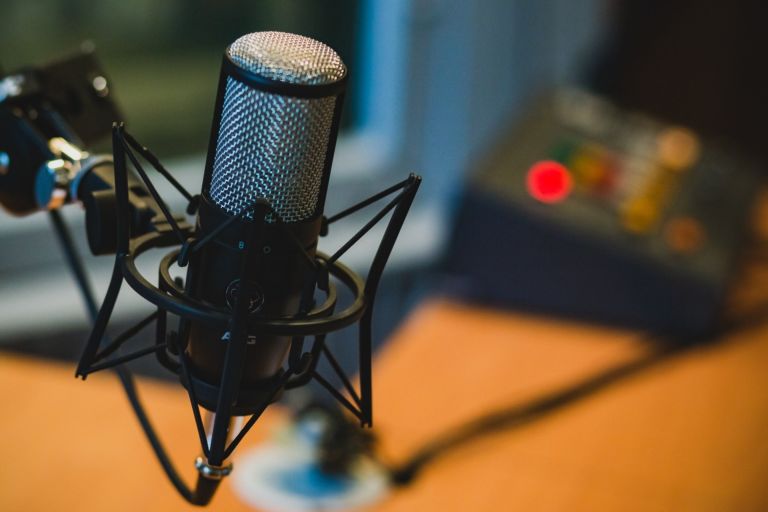Gabe Kaminsky writes the Washington Examiner about the Global Disinformation Index’s stealth campaign to silence conservatives.
“To reduce disinformation, we need to remove the financial incentive to create it,” says GDI on its website. “Brands unwittingly provide an estimated quarter of a billion dollars annually to disinformation websites through online advertisements placed on them. GDI uses both human and artificial intelligence to assess disinformation risk across the open web. We then provide these risk ratings to brands and advertising technology partners, providing them with a trusted and neutral source of data with which to direct their advertising spend.”
The “dynamic exclusion list” of at least 2,000 websites that GDI compiles includes the Washington Examiner and likely a variety of other conservative websites, such as those they label the 10 “riskiest” news outlets, according to a GDI board member who spoke on the condition of anonymity. The “riskiest” are the New York Post, the American Spectator, Newsmax, the Federalist, the American Conservative, One America News, the Blaze, the Daily Wire, RealClearPolitics, and Reason, according to public memos.
These conservative websites were ranked with oversight from GDI’s leaders, CEO Clare Melford and Executive Director Daniel Rogers, as well as its advisory panel. A team of researchers at the University of Texas at Austin was asked to evaluate the “operational policies” of outlets and document those pushing allegedly “misleading or sensationalist content,” according to GDI.
“Every site displayed some degree of bias or sensationalism in their content,” says GDI on its website. “Importantly, bias doesn’t mean having an opinion about an issue. Biased writing tells only part of a story; it focuses on or plays up one particular angle or piece of information and prevents readers from getting an accurate take on the events at hand.”
On the flip side, GDI says that the 10 “least risky” websites are the Wall Street Journal, NPR, ProPublica, the Associated Press, Insider, the New York Times, USA Today, the Washington Post, Buzzfeed News, and HuffPost, according to a 27-page report.

